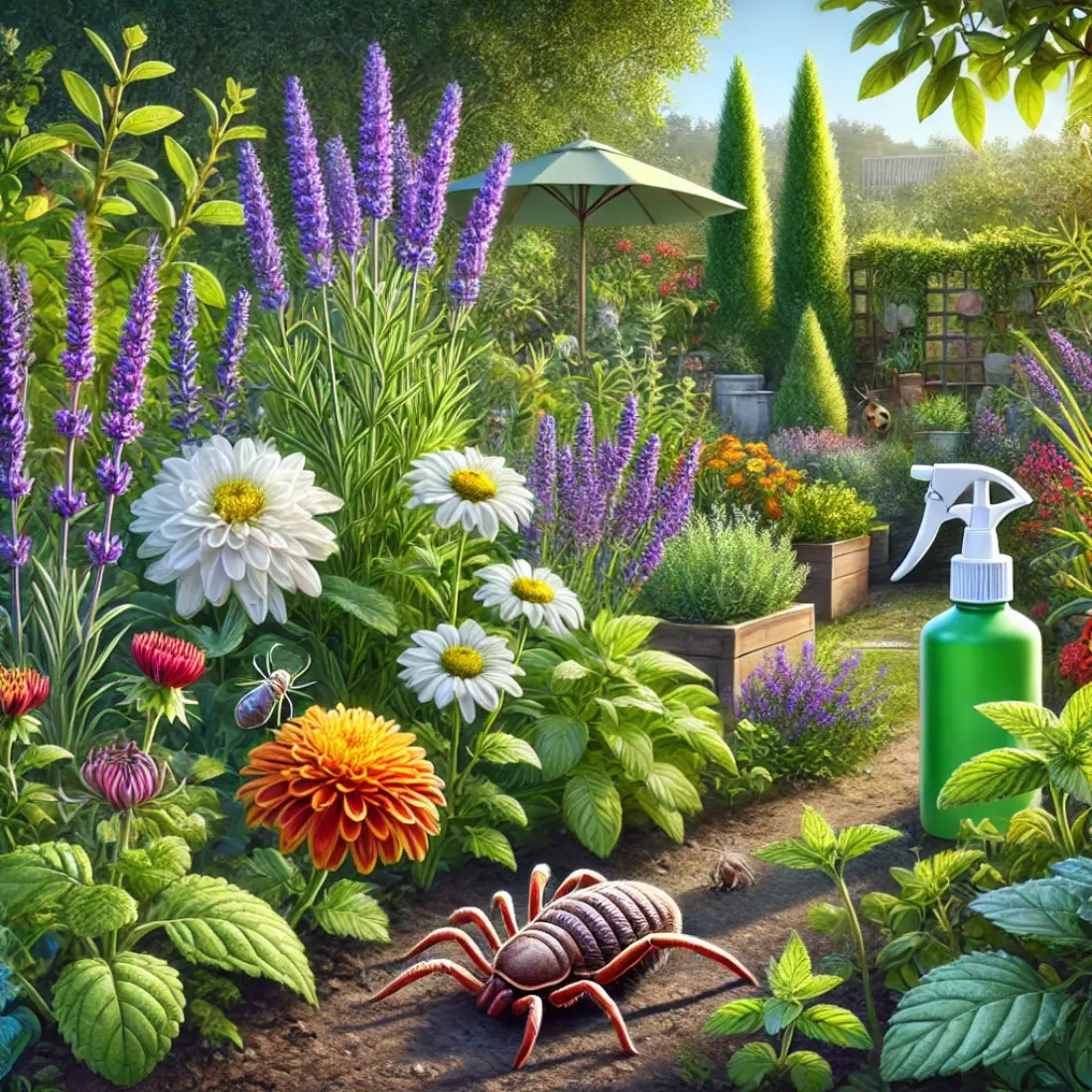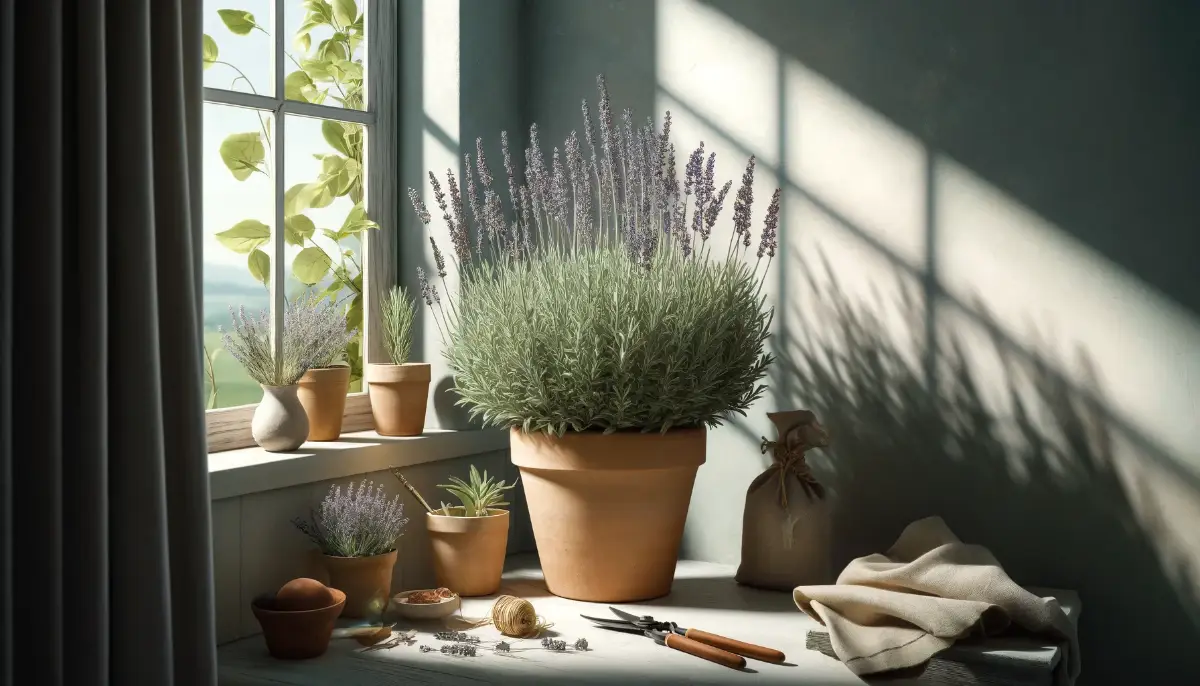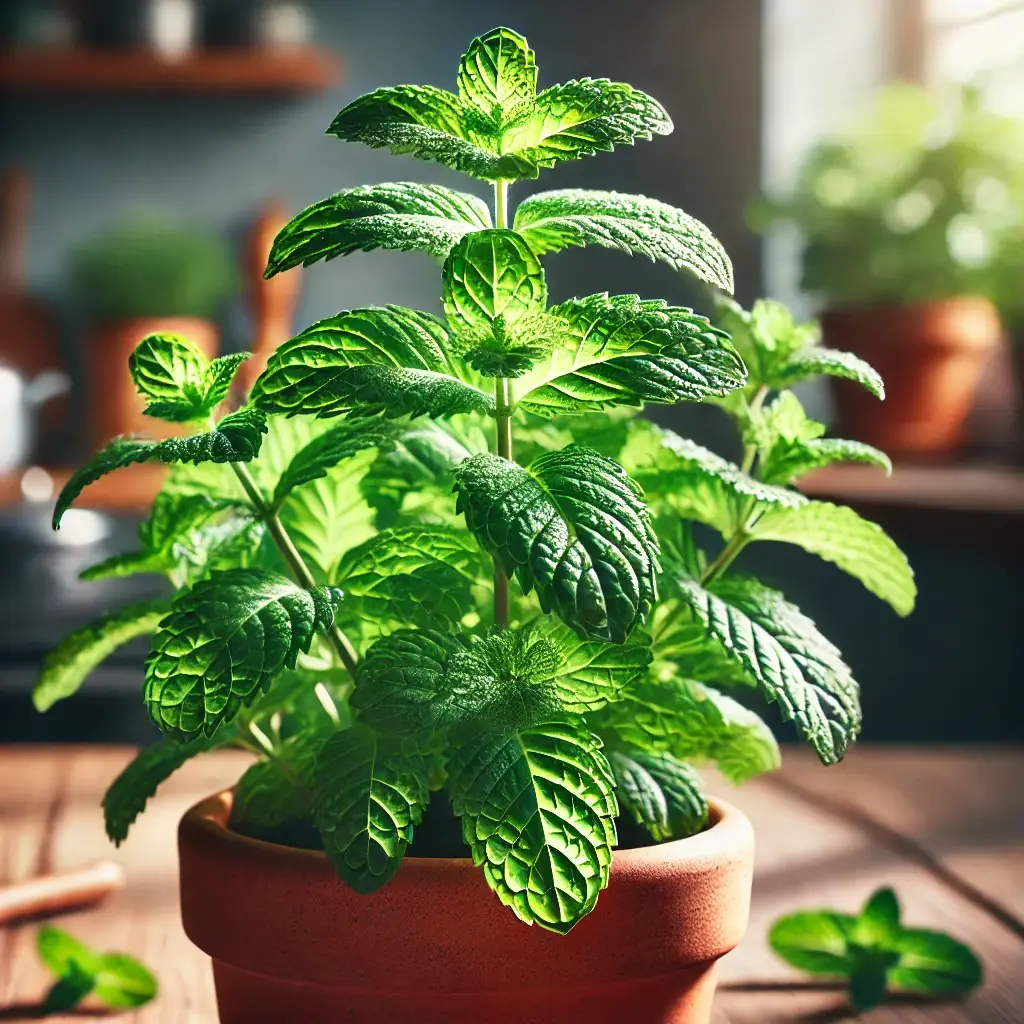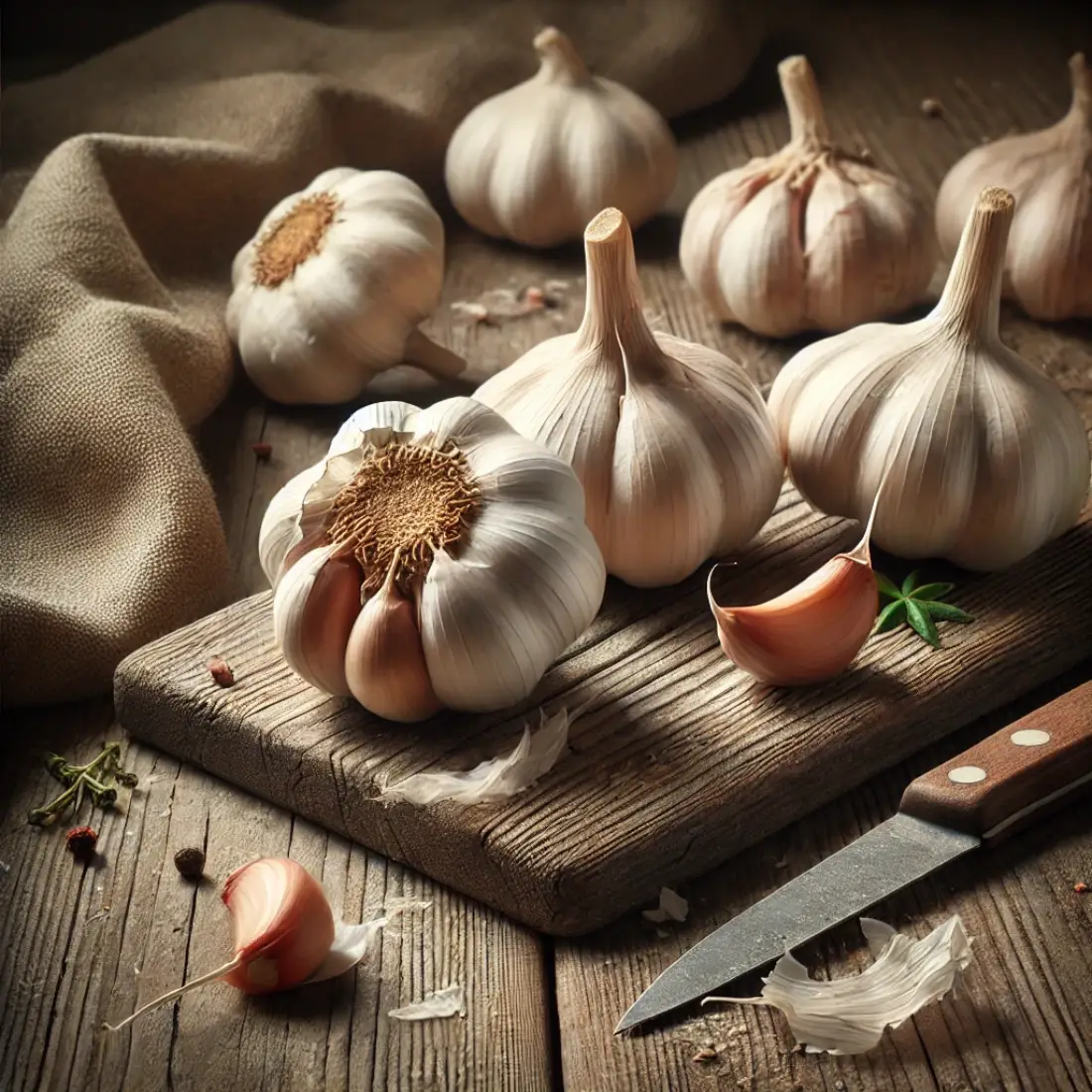Fleas and ticks are more than just a nuisance, they can pose significant health risks to both pets and humans. These tiny pests can transmit diseases, cause allergic reactions, and lead to intense itching and discomfort.
Traditional chemical treatments are effective, but they often come with environmental and health concerns. An increasingly popular and eco-friendly alternative is using plants that naturally repel fleas and ticks.
By strategically incorporating these pest-repellent plants into your garden or home, you can create a safer, more pleasant environment. Not only do these plants help keep fleas and ticks at bay, but they also add beauty and variety to your surroundings.
- Natural Repellents: Certain plants like lavender, rosemary, mint, and chrysanthemums contain natural compounds that repel fleas and ticks, providing an eco-friendly alternative to chemical treatments.
- Health Benefits: Using plants to deter pests reduces the risk of exposure to harmful chemicals, promoting a healthier environment for both pets and humans.
- Garden Integration: These pest-repellent plants can be easily integrated into your garden or home, enhancing the aesthetic appeal while providing functional benefits.
- Multiple Uses: Many of these plants have additional uses, such as culinary herbs or decorative flowers, making them versatile additions to your space.
- DIY Solutions: You can create simple, homemade repellents using extracts from these plants, offering an affordable and effective method to keep fleas and ticks away.
- Pet Safety: Many pest-repellent plants are safe for pets, allowing you to protect your furry friends without worrying about adverse effects from harsh chemicals.
Top Plants That Repel Fleas and Ticks
Lavender
Lavender is well-known for its pleasant aroma and calming properties. This fragrant plant contains linalool and linalyl acetate, compounds that are effective in repelling fleas and ticks. You can grow lavender in your garden or place potted lavender plants indoors to keep pests at bay. Additionally, lavender oil can be used in DIY sprays for extra protection.
Rosemary
Rosemary is not only a versatile culinary herb but also a powerful natural repellent for fleas and ticks. The strong scent of rosemary masks the smells that attract these pests, making it an excellent choice for gardens and homes. Plant rosemary in sunny spots or use dried rosemary leaves in sachets to deter fleas and ticks.
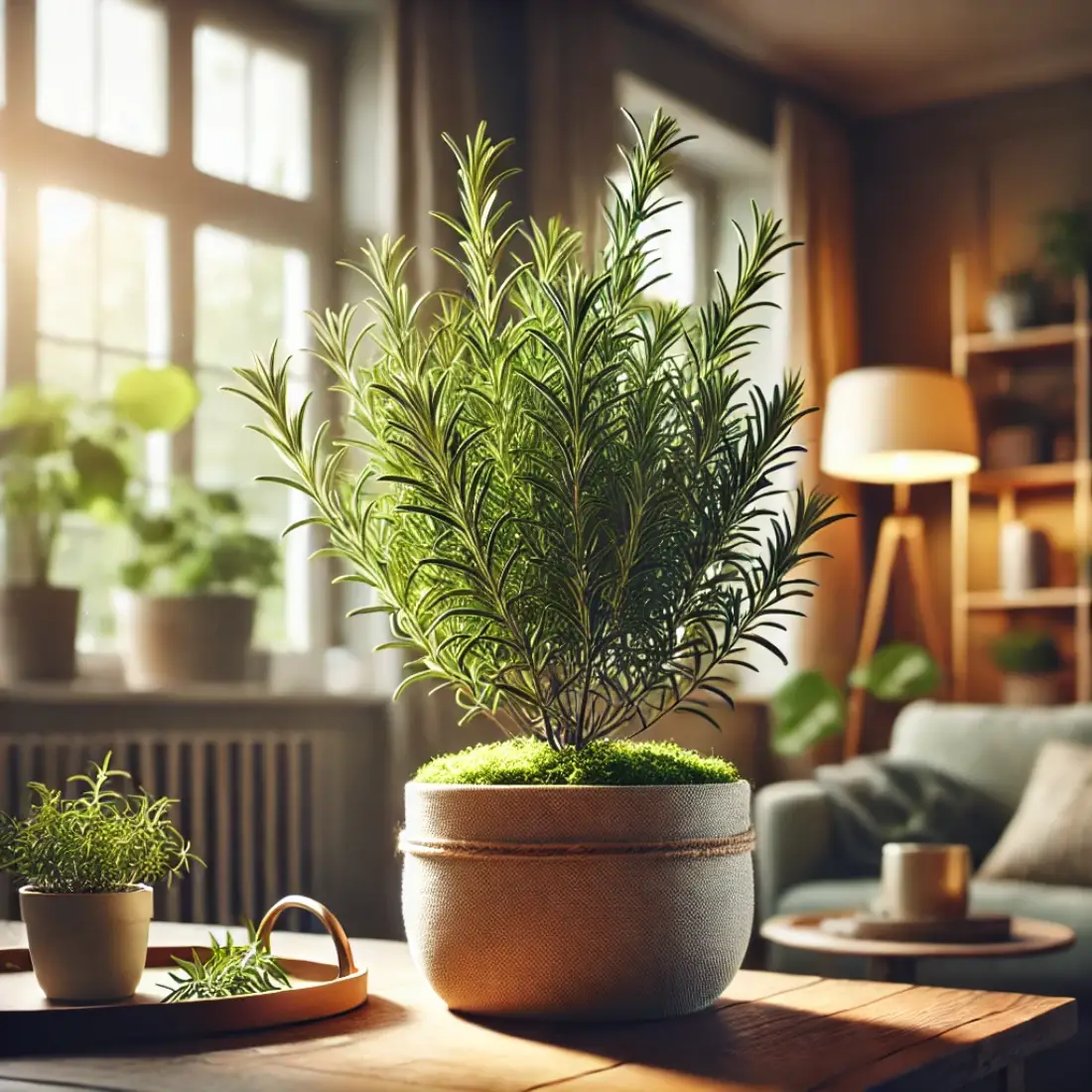
Mint
Mint, including varieties like peppermint and spearmint, is another effective plant for repelling fleas and ticks. The strong menthol aroma confuses these pests, keeping them away from your pets and home. Mint grows easily in gardens and containers, and you can also use fresh or dried mint leaves in DIY repellents.
Chrysanthemums
Chrysanthemums, often referred to as mums, contain pyrethrum, a natural insecticide that repels fleas, ticks, and other insects. These colorful flowers are easy to grow and can be planted in garden beds or pots. Pyrethrum is also used in many commercial insect repellents, making chrysanthemums a powerful addition to your pest-control arsenal.

Lemongrass
Lemongrass is a tropical plant known for its citrusy scent, which is effective in repelling fleas and ticks. The essential oil derived from lemongrass, called citronella, is commonly used in insect repellents. Plant lemongrass in warm, sunny areas or use its oil in sprays and diffusers to keep pests away.

Pennyroyal
Pennyroyal is a member of the mint family and is highly effective in repelling fleas and ticks. However, it should be used with caution, as it can be toxic to pets if ingested. Plant pennyroyal in areas where pets cannot reach it, or use it in sachets and sprays to benefit from its pest-repellent properties.

Eucalyptus
Eucalyptus has a strong, medicinal scent that fleas and ticks find unappealing. The essential oil from eucalyptus leaves is widely used in natural insect repellents. Plant eucalyptus trees in your garden or use eucalyptus oil in diffusers and sprays to protect your home from these pests.
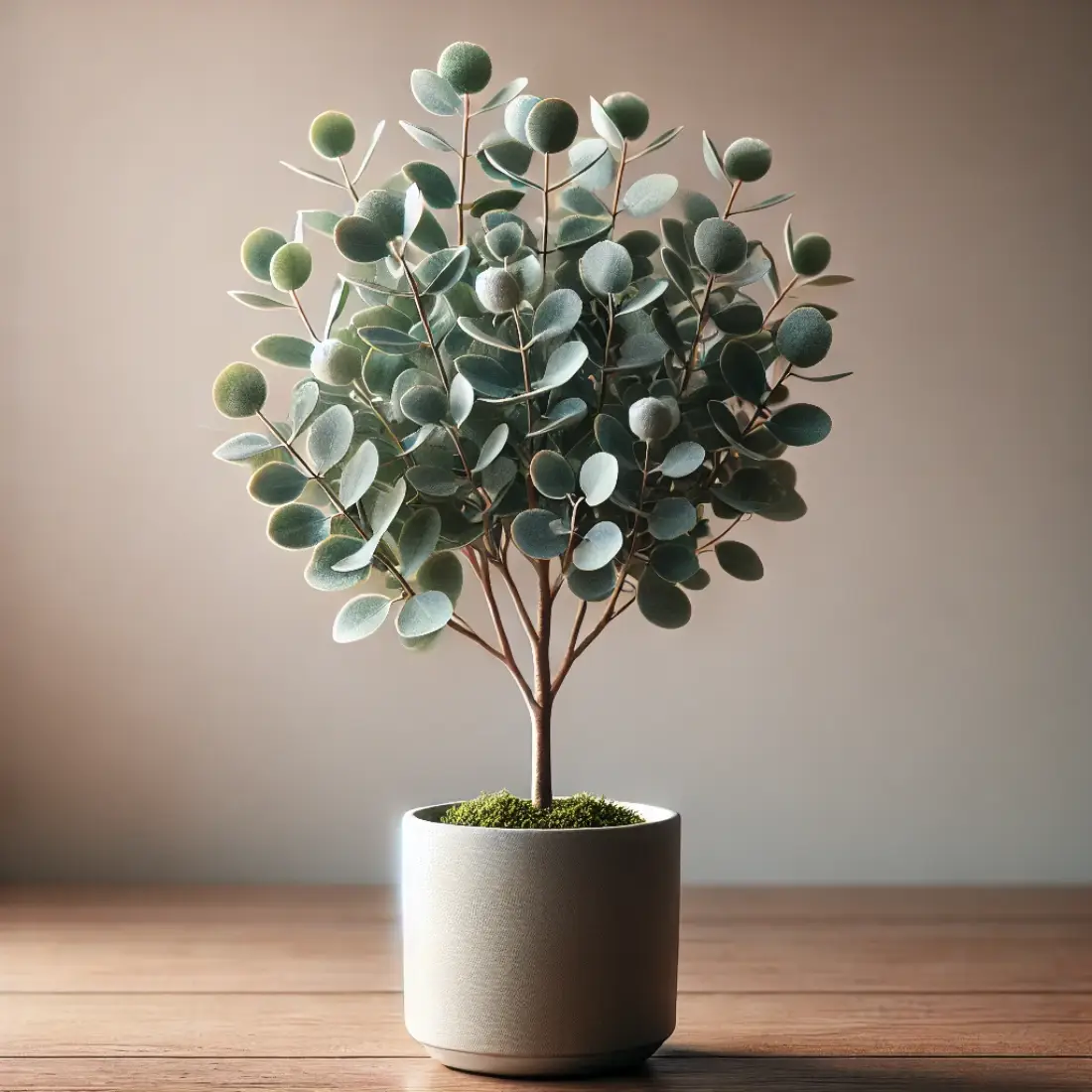
Marigolds
Marigolds are bright, cheerful flowers that contain pyrethrum, making them effective at repelling fleas and ticks. Plant marigolds around your garden borders or in pots to create a pest-repellent barrier. Besides their repellent properties, marigolds also attract beneficial insects, promoting a healthy garden ecosystem.
Catnip
Catnip is not just for cats—it’s also a potent flea and tick repellent. The nepetalactone in catnip repels these pests effectively. Grow catnip in your garden or use catnip oil in sprays and sachets. While cats may enjoy playing with catnip, its repellent properties help keep your home and garden pest-free.

Integrating These Plants into Your Garden
Designing a Pest-Repellent Garden
Creating a garden that naturally repels fleas and ticks is both practical and aesthetically pleasing. Start by planning the layout to ensure optimal growth conditions for each plant. Group plants with similar sunlight and water needs together.
For instance, lavender, rosemary, and mint thrive in sunny, well-drained areas, while chrysanthemums and marigolds can adapt to various conditions. Consider planting pest-repellent plants near entryways, patios, or pet areas to maximize their protective benefits. Incorporating these plants into your garden design not only deters pests but also adds beauty and fragrance to your outdoor space.
Container Gardening for Pest Control
If you have limited garden space or want the flexibility to move plants around, container gardening is an excellent option. Choose pots with good drainage and place them in strategic locations, such as near doorways, windows, or outdoor seating areas.
Mint, lavender, and catnip are particularly well-suited for container gardening. You can easily relocate these plants to areas where fleas and ticks are more prevalent. Container gardening also allows you to bring plants indoors during colder months, providing year-round pest control.
Indoor Use of Pest-Repellent Plants
Integrating pest-repellent plants indoors helps keep fleas and ticks away from your living spaces. Place potted lavender, mint, or rosemary in sunny windowsills, or use smaller pots for indoor herb gardens. Eucalyptus and lemongrass can also be grown indoors, adding a fresh scent and repelling pests.
Additionally, you can create sachets filled with dried herbs like lavender and mint to place in closets, under furniture, and in pet bedding areas. Indoor pest-repellent plants not only enhance your home’s decor but also provide continuous protection against unwanted pests.
Additional Tips for Using Plants to Repel Fleas and Ticks
Companion Planting Strategies
Companion planting involves growing certain plants together to enhance growth, protect against pests, and improve plant health. By strategically placing flea and tick repellent plants among other garden plants, you can create a natural barrier against pests. For example, planting marigolds near vegetables not only repels fleas and ticks but also deters other harmful insects.
Similarly, lavender can be planted around the garden’s perimeter to act as a protective border. Understanding companion planting can optimize the effectiveness of your pest-repellent plants and contribute to a thriving, healthy garden.
DIY Plant-Based Flea and Tick Repellent Recipes
Creating your own flea and tick repellent using natural plant extracts is an effective and eco-friendly solution. Here are a few simple recipes:
- Lavender and Lemon Spray: Mix 10 drops of lavender essential oil and 10 drops of lemon essential oil with 1 cup of water in a spray bottle. Shake well and spray on pet bedding, furniture, and garden areas.
- Rosemary and Peppermint Repellent: Boil a handful of fresh rosemary and peppermint leaves in 1 quart of water for 30 minutes. Strain the mixture, let it cool, and pour it into a spray bottle. Apply the spray to pet bedding and garden areas to repel fleas and ticks.
- Lemongrass and Eucalyptus Spray: Combine 20 drops of lemongrass essential oil and 20 drops of eucalyptus essential oil with 1 cup of water in a spray bottle. Shake well and spray around your home and garden to keep pests at bay.
Using these DIY recipes, you can effectively utilize the natural repellent properties of plants to protect your home and garden from fleas and ticks.
FAQs about Plants That Repel Fleas and Ticks
How effective are plants in repelling fleas and ticks?
Plants can be quite effective in repelling fleas and ticks due to their natural oils and compounds. However, their effectiveness can vary based on the type of plant, how it’s used, and the level of pest infestation. While they provide a natural alternative, combining them with other pest control methods can yield the best results.
Can I use these plants if I have pets?
Yes, many of these plants are safe for pets when used correctly. However, some, like pennyroyal, can be toxic if ingested. Always research each plant’s safety regarding your specific pets and monitor their interactions with the plants.
How long do the repellent properties of these plants last?
The repellent properties of these plants can last for several weeks to months, depending on the plant and its care. Regularly maintaining and refreshing your plants ensures their effectiveness in repelling pests.
Where should I place these plants for maximum effectiveness?
Place these plants in areas where fleas and ticks are likely to thrive, such as near entryways, pet bedding areas, and garden borders. Indoor plants should be placed in sunny spots and areas where pests are a concern.
Can I grow these plants indoors?
Yes, many flea and tick-repellent plants can be grown indoors, such as lavender, mint, and rosemary. Ensure they have adequate sunlight and proper care to thrive and maintain their pest-repellent properties.
What are some common mistakes to avoid when using plants to repel fleas and ticks?
Common mistakes include overwatering, insufficient sunlight, and placing plants in areas where pets can ingest them. It’s essential to understand each plant’s care requirements and safety precautions to ensure effectiveness.
How can I make a natural flea and tick repellent spray using these plants?
You can create sprays using essential oils or extracts from these plants. For example, mix lavender oil with water in a spray bottle or boil rosemary leaves, strain the liquid, and use it as a spray. Apply these sprays to areas where pests are a concern.
Are there any other benefits to using these plants besides pest control?
Yes, many of these plants have additional benefits such as culinary uses (rosemary, mint), medicinal properties (lavender, eucalyptus), and aesthetic value (marigolds, chrysanthemums). They can enhance your garden’s beauty and functionality.
How should I care for these plants to ensure they remain effective?
Regular watering, proper sunlight, and occasional pruning are essential for maintaining these plants. Ensure they are planted in well-drained soil and monitor for pests or diseases that could affect their health and repellent properties.
Can these plants completely eliminate fleas and ticks?
While these plants are effective in repelling fleas and ticks, they may not entirely eliminate an infestation. Combining them with other pest control methods, such as regular cleaning and pet treatments, can provide comprehensive protection.

